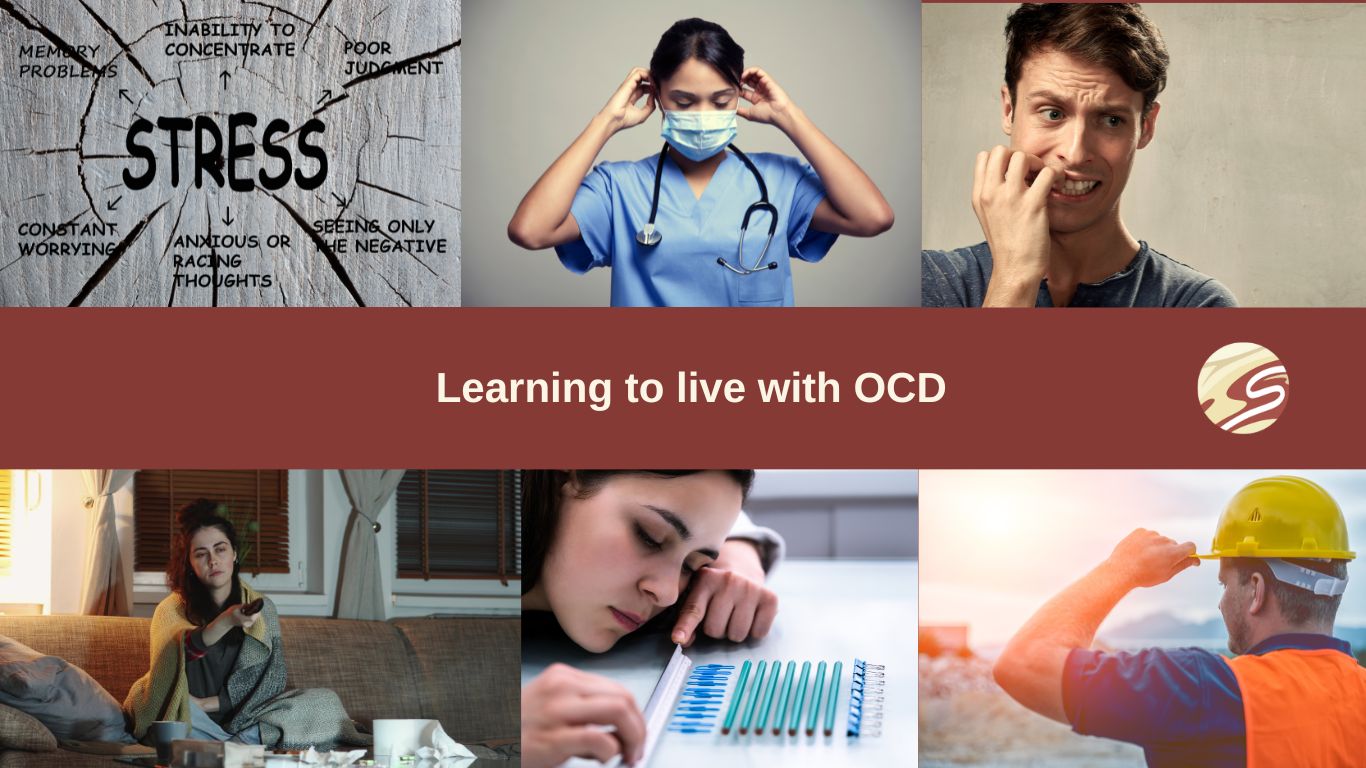Examples of OCD can include the following behaviors: 1. Excessive double–checking of things, such as locks, appliances, and switches. 2. Repeatedly checking in on loved ones to make sure they’re safe. 3. Endless cleaning, and/or an unreasonable focus on order, symmetry, and arrangement. 4. Counting, tapping, and repeating certain words or phrases. 5. Uncontrollable skin–picking and hair–pulling. 6. Unwanted, intrusive thoughts that trigger intensely negative emotions. 7. Hoarding items that have little or no value.
Someone might develop OCD due to a combination of genetic, environmental, and psychological factors. These might include a traumatic event, an imbalance of certain brain chemicals, or a family history of OCD. People with OCD may also have a tendency to be perfectionists or to feel anxious or overwhelmed.
What are the stats surrounding OCD in Canada and US?
Canada:
According to a study published in the Canadian Journal of Psychiatry in 2017, it is estimated that between 1.2% and 2.5% of adults in Canada have OCD. Moreover, between 0.5% and 1.2% of children and adolescents suffer from the disorder.
However, these estimates may be underestimated as OCD is often underdiagnosed and underreported. The prevalence of OCD is higher in females than males in adults, with a ratio of 3:2.d.
US:
According to the Anxiety and Depression Association of America, OCD affects approximately 2.2 million adults in the US and is one of the most common mental disorders in the US. It is estimated that 1 in 40 adults in the US, and 1 in 100 children, suffer from OCD. OCD is typically found to begin in adolescence or early adulthood and is equally common among men and women.
Impact of OCD on someone’s life
What test are used to detect OCD by Counsellors in Canada?
There are several tests that can be used to detect OCD in Canada. These tests include the Yale–Brown Obsessive Compulsive Scale (Y–BOCS), the Padua Inventory, the Obsessive–Compulsive Inventory–Revised (OCI–R), the Beck Depression Inventory (BDI), the Hamilton Anxiety Scale (HAM–A) and the Maudsley Obsessive Compulsive Inventory (MOCI). Each of these tests has different questions and criteria that are used to evaluate a person‘s symptoms and help diagnose OCD.
How to regulate & treat OCD?
Obsessive-compulsive disorder (OCD) is a mental health condition characterized by recurring, unwanted thoughts, ideas, or sensations (obsessions) that make a person feel driven to do something repetitively (compulsions).
Treatment for OCD could typically involve a combination of medication and therapy.
Cognitive-behavioral therapy (CBT) is a type of therapy that can also be helpful for OCD. This form of therapy focuses on identifying and changing negative thought patterns and behaviors. One specific form of CBT called exposure and response prevention (ERP) has been found to be particularly effective for OCD. This therapy involves gradually exposing the person to the source of their obsession while preventing them from engaging in compulsive behavior.
It’s also important to have a support system and maintain a healthy lifestyle, including regular exercise, healthy eating, and getting enough sleep.
A Registered Clinical Counselling Therapist can help to develop an individualized treatment plan that works best for you.



